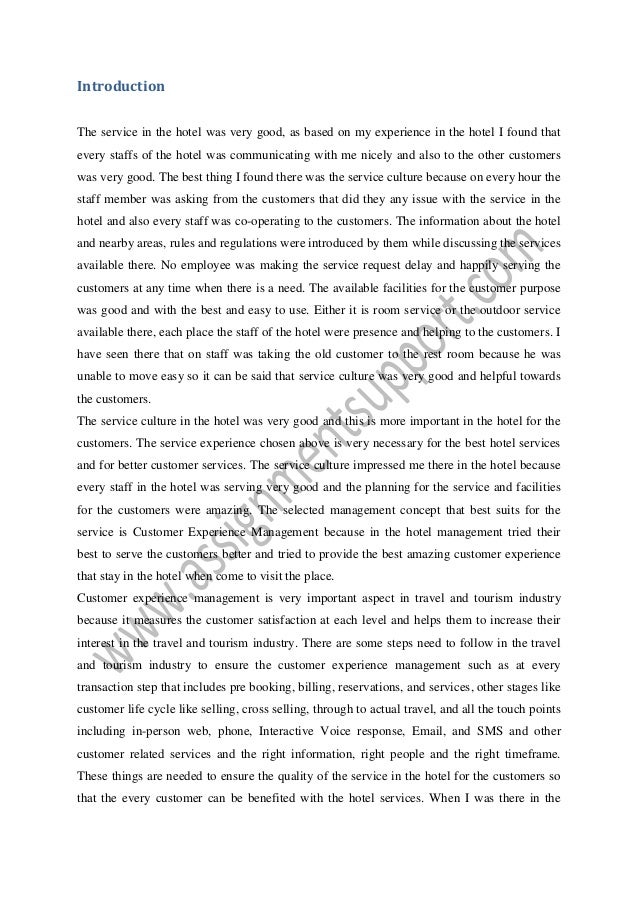For Rahner, the human capacity to feel in God, to have faith, is established on a shared “pre-apprehension” of the divine. This pre-know-how, so to converse, is the precondition for all other sorts of accurate information.
It is a sense, an instinct, with which all human beings are born, and on which all human beings can draw, provided they are sufficiently open up to the testimony of the God-infused universe. The aesthetic dimension, then, is a facet of the divine that, like the Good and the Real, is “pre-apprehensively” offered to any one open up adequate to get it. Appropriately, the aesthetic dimension is also a side of that overall daily life-experience of which the “converted” obtain a remodeled check out on their transform towards the dwelling God.
- The Individual Touch
- Which Subjects Will You Insure?
- Our Top Notch Writers
- E Mail Us Whenever you want In Case You Have Inquiries or Suggestions
- You will have other commitments
- Paid back Descriptive Essay Making
As a result, aesthetic working experience is anything that bridges the hole among the Church as a community of believers and the added-ecclesial working experience of natural beauty and satisfaction. It is also a realm in which the converted can experience a magnificent flowering of sacred artwork, tunes, drama, literature, and far more broadly, motion of all types, insofar as all “engraced” motion is beautiful to contemplate.
Who Is Able To Generate My School Document Personally? We Will
While expounding his theory of theology and aesthetic practical experience, Viladesau engages in sympathetic readings of a variety of artworks (musical, visual and literary) he even discovers in this kind of works a sort of self-disclosure of their aesthetic grounds for existence. Chapter 2, for instance, launches with an intensive consideration of Aold Schoenberg’s opera Moses und Aron , in which Viladesau persuasively finds a dialectical unearthing of the variances amongst poetry (Aron) and prose (Moses). Schoenberg has demonstrated that at the very foundation of Jewish regulation there was (and there stays) a war amongst principal modes of discourse he also demonstrates that both of those modes of discourse are needful in human worship. And in other chapters Viladesau finds aesthetic truths in the will work of poets as many as Matsuo Bashō and Humbert Wolfe. In the poem essay writing service on reddit quora “Deer Fence” by the Chinese writer Wang Wei, Viladesau notes a concept of “emptiness” that factors irrevocably toward the practical but not thoroughly knowable realm of the transcendent.
For Viladesau the established entire world is infused with divine likeness. God’s image on earth appears in two techniques: 1st, it appears in the type of the human knower as an impression of the being aware of God, and second, it appears in the variety of the articles of God’s self-revelation to human beings (his image as been given by way of human perception). As knowers in the graphic of God, we have an computerized pre-apprehension, or an a priori grasp, of the divine totality.
We then solve things of that totality into the principles and analogies that comprise the dogmas and tales of our historical religions. But we constantly feel an “surplus” over and above our human ideas and analogies. It is this “excess” that continually and salubriously reminds us of God’s transcendence.
On top of that, we know that our insights are dependable, for our practical experience of splendor is evidence of God’s ultimate Beauty. As Viladesau writes, “God is therefore self-subsistent Pleasure in God’s very own getting and in all that participates in it, and the supreme aim and mover of human wish” (139).
In his remaining chapter, the extremely logical Viladesau provides ethical justification for our fixation on beauty. While artwork is often blamed for inciting idolatry or fomenting distraction from worthier objects of contemplation, Viladesau notes, art and magnificence are nevertheless nevertheless essential.



